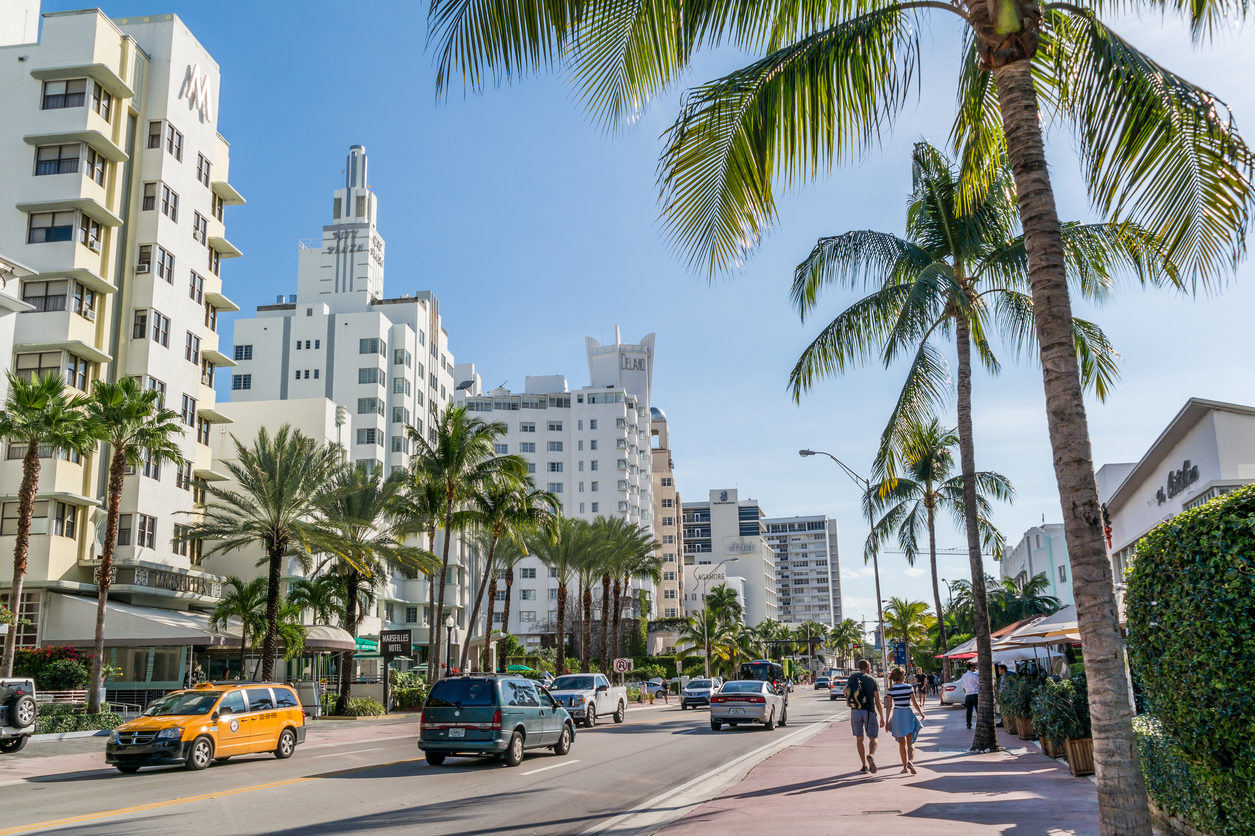New Harvard class embeds design students in Miami

A new Harvard University Graduate School of Design program will give urban planning students a chance to work with community leaders and collaborate on solutions for pressing problems. Funded in part by a $1 million grant from the Knight Foundation, the initiative seeks to provide more hands-on learning and interactions with government officials and neighborhood groups while also developing holistic concepts with a better chance for success and implementation.
“This is exactly the kind of innovative thinking that will answer the problems of the 21st century,” says Raul Moas, the Knight Foundation’s Miami Program Director. “It’s as much about the challenges we’re trying to address as the way that we’re addressing them.”
This multi-year project, which will see the same design studio of 12 graduate students return to the city each fall for three consecutive years, is the first project in Harvard’s Future of the American City effort,which is focused on urban sustainability and resiliency.
The Miami effort will zero-in on urban mobility, affordability and climate change. A course on mobility and transit will take place this fall, followed by a second course about the roles of higher education and medical institutions in Miami’s economy in fall 2019, followed by a 2020 class on how Miami’s ethnic neighborhoods helped shape the city’s cultural identity.
By working with stakeholders and community groups on collaborative problem-solving, and drawing in ideas from architecture, landscape architecture and urban planning and design, Moas believes this program can produce more actionable ideas.
Miami and Miami Beach, U.S. cities on the front lines of fighting sea level rise, offer a “crystal ball” into problems that will affect other metro areas in the years to come, Moas says.
Eventually, the project will expand to other U.S. cities, including Boston, Detroit, and Los Angeles.
Harvard GSD has already established a relationship with Miami, having taught courses and held events in the city there since 2012.